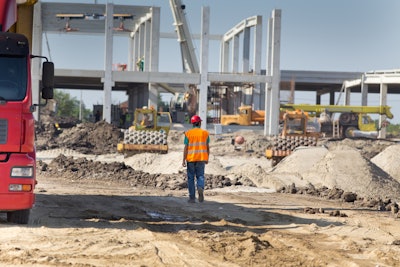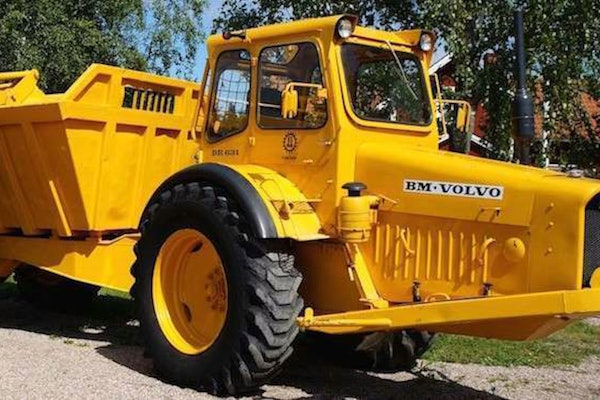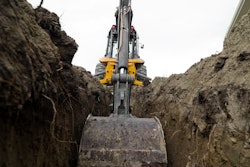
As we put together our most recent Used Equipment Special Report for the latest print edition and here on the website, a quote from Dennis Howard stood out to me. In response to economic uncertainty and the ever-present cloud hanging over everything that the coronavirus pandemic has become, the vice president of fleet and remarketing for Deere-dealer RDO Equipment told us, “If you watch the news and then go talk to five contractors, you’re going to feel a lot better after talking to the contractors. Most people are positive and they’ve got work.”
Encouraging words for now. But will contractors continue to have those ever-important backlogs as they make their way into the fall and winter? No one knows – people are staying far away from crystal balls right now – and we’re all getting fed up with the not knowing.
There are signs that it’s going to be a bleak winter. PSMJ Resources’ Q2 forecast – which looks at proposal activity for architecture, engineering and construction firms – saw backlogs slide from plus 6 percent in the first quarter to minus 24 percent in Q2.
The Architectural Billings Index, long a bellwether resource for construction, stood at 40 for the month of June. Any score below 50 indicates that architects see declining billings, but the 40 also held signs of hope since it was a definite improvement over May’s 32 index number.
In an intriguing more real-time look at what’s happening on jobsites, the Associated General Contractors of America is partnering with construction technology firm Procore to track weekly jobsite hours. By mid-June those hours – which had peaked to 15.1 million for the week of June 7-13 – slipped down to 14.6 million during the week of June 21-27. Whether this is a short-term anomaly or a snapshot of things to come, everyone will agree that June is no time for a decrease in construction activity.
The tea leaves are not settling on this one any time soon, especially since we experienced a pandemic spike instead of the expected mid-summer reprieve. The hesitation is palpable. “We won’t be buying anything until we find out what’s going to happen to our economy,” one respondent to our used equipment survey told us.
December sales results will offer one clue, although that clue won’t be readily available industry-wide until we’re into the new year. Jay Germann, general manager for used equipment with Komatsu-dealer Roland Machinery, says equipment dealers can set their watch on two big selling cycles: March madness and December. December is typically when contractors huddle with their accountants to see if any end-of-tax-year purchases will be advantageous. This year, both new and used equipment buys will continue to qualify for a 100 percent Section 179 deduction in 2020, as long as the equipment is put into service before Dec. 31st.
But, as contractors continue to tell us, it doesn’t matter how much of a write-off you can get, how good the deals are or how much zero-percent-interest financing you throw out there: if it doesn’t make sense financially, they won’t bite. Whether they have the wherewithal and, perhaps more important, the will to buy in December – and indeed throughout 2021 – is still immensely speculative.











